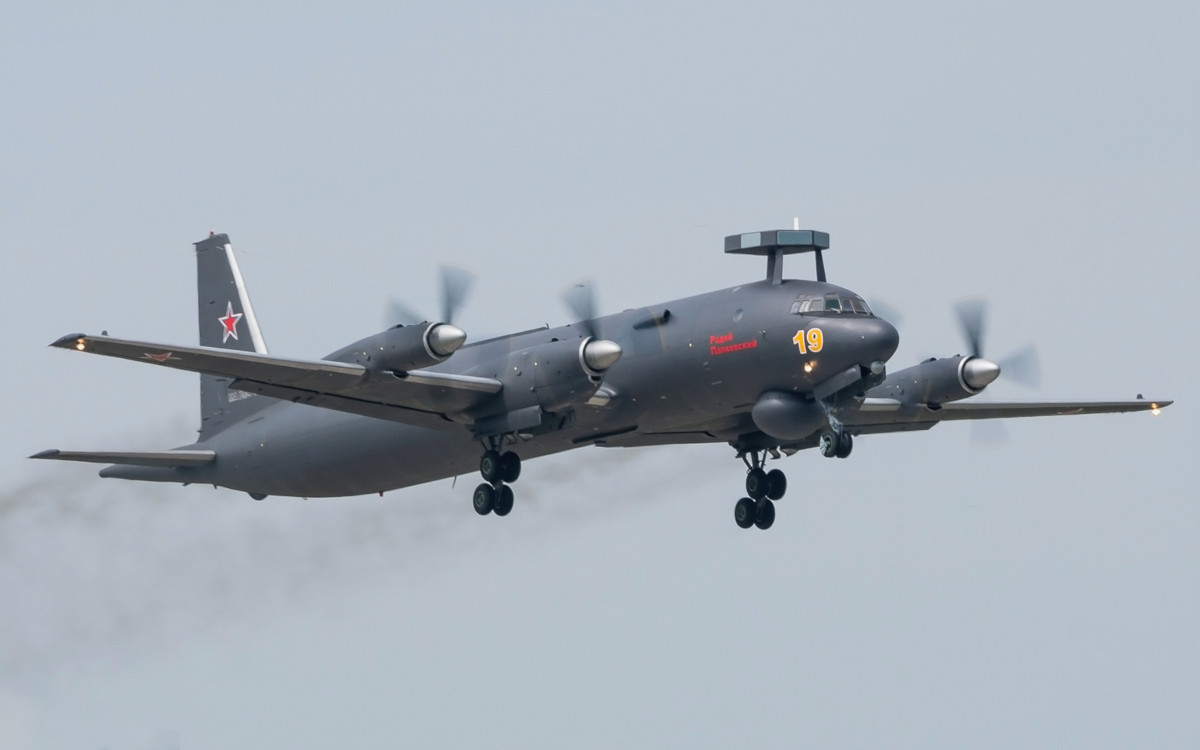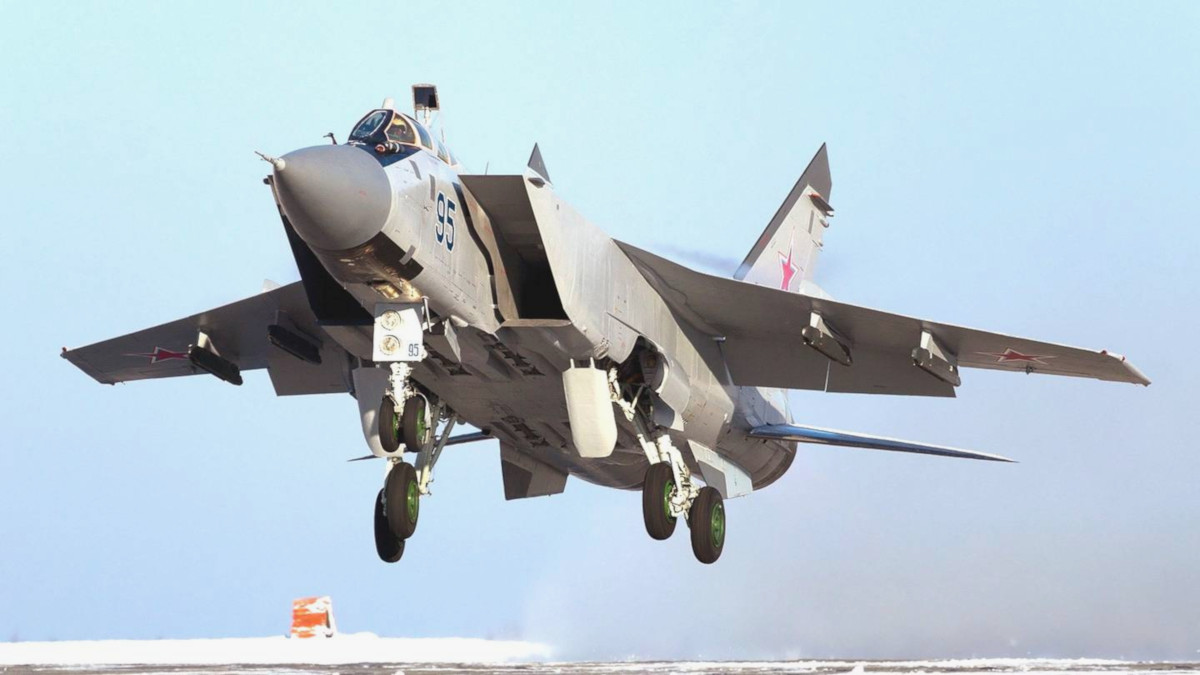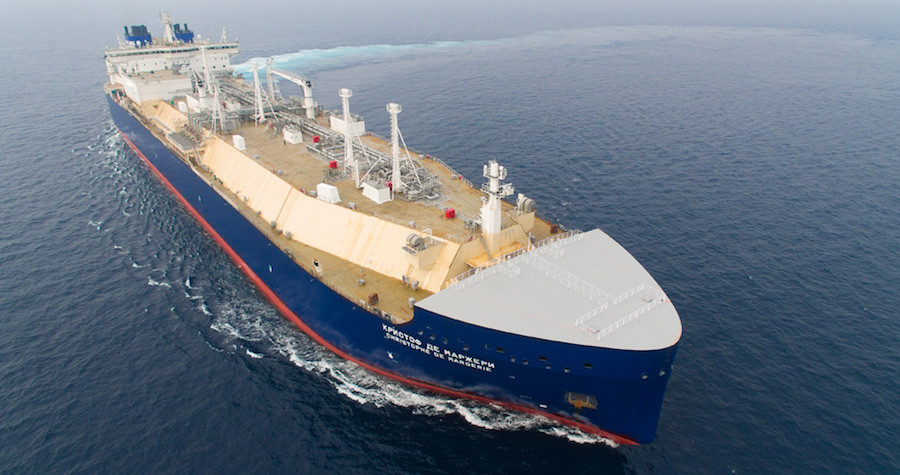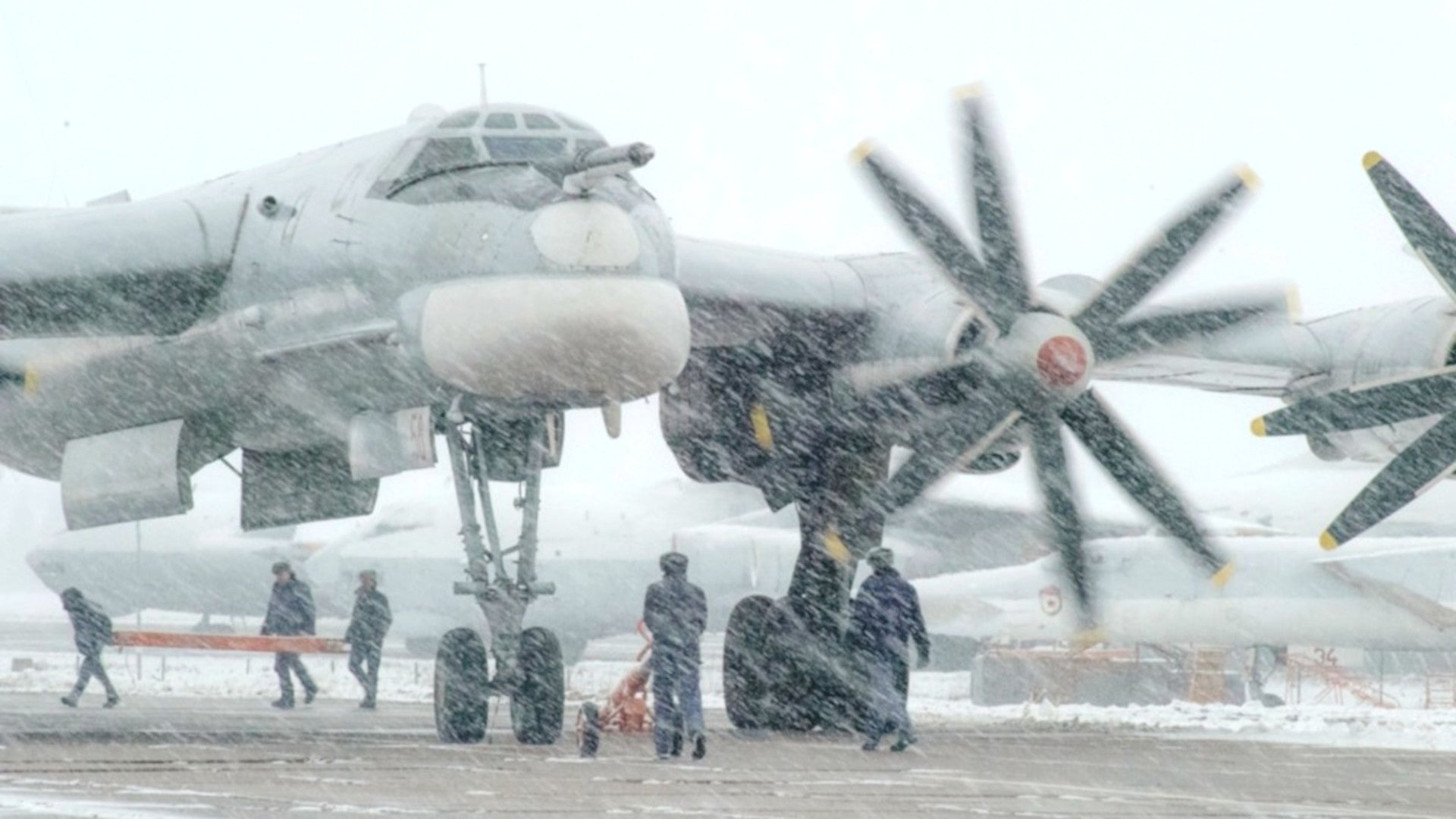Russia says its combat aircraft flew dozens of patrols over the Arctic during 2018 and that it expects to continue those activities from various bases in the region this year. The ability to conduct persistent, localized air operations would be critical for the Kremlin during any potential conflict in the increasingly strategic part of the globe. It will also help the Russians realize their economic ambitions there during peacetime.
In 2018, Russian Tu-142 Bear and Il-38 May martime patrol and anti-submarine warfare aircraft, as well as Su-24MR Fencer tactical reconnaissance jets, flew more than 100 sorties in total above the Arctic circle, according to a statement from Russia’s Ministry of Defense on Jan. 1, 2019. These flights occurred over Russian national territory and out in international airspace.
This operational tempo will continue, if not increase in 2019, the statement continued. Russian crews flying aircraft in the region have been expanding their training regimens to include the development of specialized Arctic navigation and weather-related skills sets, as well. Ambient temperatures in the Arctic can often be extremely low and the region is prone to other extreme weather, including severe storms.
The Russian military, and the country’s Northern Fleet, in particular, has significantly expanded its physical presence in the Arctic region. This includes the refurbishment of existing airfields and the establishment of new ones, along with the rehabilitation and construction of associated living spaces and other support facilities.

Among the most significant of these is the Arctkicheski Trilistnik, or Arctic Trefoil or Arctic Shamrock, an all-new site at Nagurskoye on Alexandra Land, an island in the Franz Josef archipelago, which sits relatively high in the Arctic Circle, less than 500 miles from the North Pole. The site is designed to house around 150 personnel and can go months at a time without resupply via ship or through its attached airfield.
Typical winter temperatures in Alexandra Land can easily drop to -40 degrees Fahrenheit and at these northern latitudes, the site never sees daylight for an extended period each year. It’s these sorts of conditions that simply make air operations, military or otherwise, impractical in many cases and require a high degree of training even in relatively benign weather.

In 2016, the Russian military said it planned to expand the airfield in Nagurskoye to include a runway more than 8,000 feet long. This would go along with plans to semi-permanently deploy MiG-31 Foxhound long-range interceptors and Su-34 Fullback combat jets at the base.
Beyond the Arctkicheski Trilistnik, there are now new and refurbished Russian bases on other islands in Russia’s far north, including Novaya Zemlya, Severnaya Zemlya, New Siberian Islands, Wrangle Island and Cape Shmidt, according to a report from The Barents Observer. There is another airstrip on Kotelny in the New Siberian Islands already in operation.
Some of these sites are little more than seasonal ice runways, which do not allow for year-round operations, but could grow in size and scope in the future. Russia is also exploring the possibility of using floating nuclear reactors to provide power at these sites.

The air bases at Nagurskoye and Kotelny already give Russian patrol and reconnaissance aircraft excellent coverage across the Arctic. With a combat radius of close to 4,000 miles, the Tu-142s, in particular, would be able to fly persistent orbits over certain zones, watching for potential threats and perform more general maritime surveillance and sea control duties.
Being able to send out the Tu-142s, as well as the Il-38s, which can themselves remain airborne for up to 13 hours, from bases within the region will also present a challenge to foreign submarine operations as Russia looks to expand its own undersea presence. The ice in the Arctic has historically offered a way to hide underwater activities, but that has already begun to change as this natural cover has steadily receded due to global climate change.
Having more aircraft in total that are capable of performing a more diverse set of missions from a number of sites throughout Arctic will only improve Russia’s overall combat capability in the region. Having MiG-31 interceptors, as well as other fighter jets, to threaten an opponent’s own aircraft, along with Su-34s and other planes able to strike at their ships and ground forces, would give the Kremlin a full range of options for defending its regional interests during a crisis.
The airfields will also enable Russian cargo aircraft to deliver reinforcements and supplies to remote sites and more rapidly move units around the region, as necessary. Russia’s own naval and ground assets, including land-based surface-to-air and anti-ship missiles, could further help the country deny an enemy access to entire portions of the Arctic at a time.

The Kremlin’s airpower in the Arctic also looks set to provide important non-combat roles during peacetime, as well. Among the tasks Russian military aircraft reportedly performed in 2018 was mapping ice fields and their movement, accord to the January 2019 statement from the Defense Ministry.
Knowing the ice situation is as vital for civilian maritime traffic in the region as it is for military movements. With polar ice receding in general and as the period where season pack ice threatens ships continues to shrink, Russia has only become more eager to open up its Northern Sea Route to regular commercial shipping.
In August 2018, the Danish firm Maersk Line declared it would seek to become the first shipping company to ever send a container ship through the Northern Sea Route. This initial run will serve as a proof of concept for whether the route is indeed practical for this kind of cargo operation. In 2017, the liquid natural gas tanker Christophe de Margerie became the first commercial ship to make the run at high speed without an escorting icebreaker, though it has its own ice capable hull design.

The Russian Navy and the country’s civilian agencies do have dozens of icebreakers to help in further mitigating the dangers and aerial patrols would help them better prioritize their work. Patrol planes might also be able to spot rapidly changing situations and alert ships down below to new hazards. They’d be on station more regularly in case an accident or other incident did occur and required authorities to rush to the scene for some reason.
Russia has already been steadily expanding its force posture in the Arctic for years now, but the increased deployment of heavy airpower is yet another sign of the Kremlin’s efforts to assert its territorial claims and challenge other countries who might be looking to expand their own military or commercial presence in the region.
Contact the author: jtrevithickpr@gmail.com
